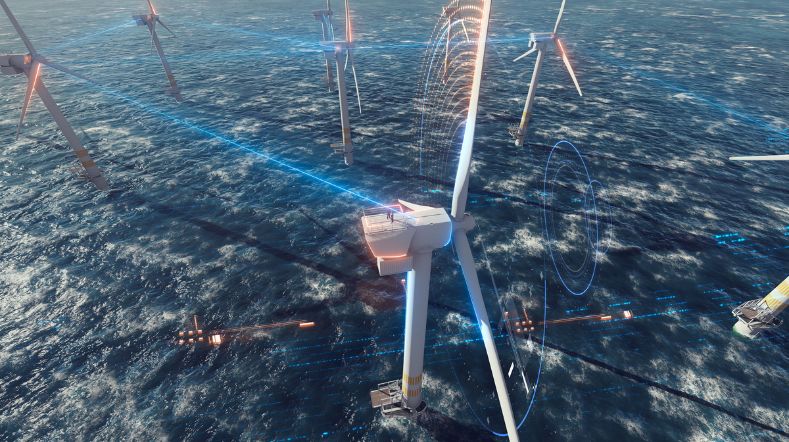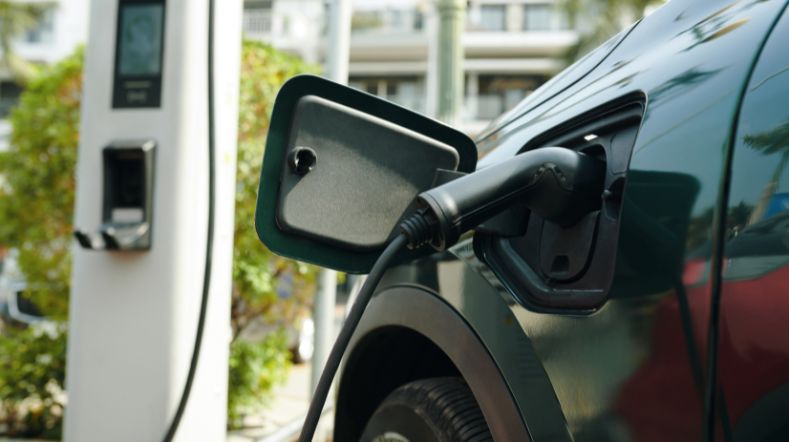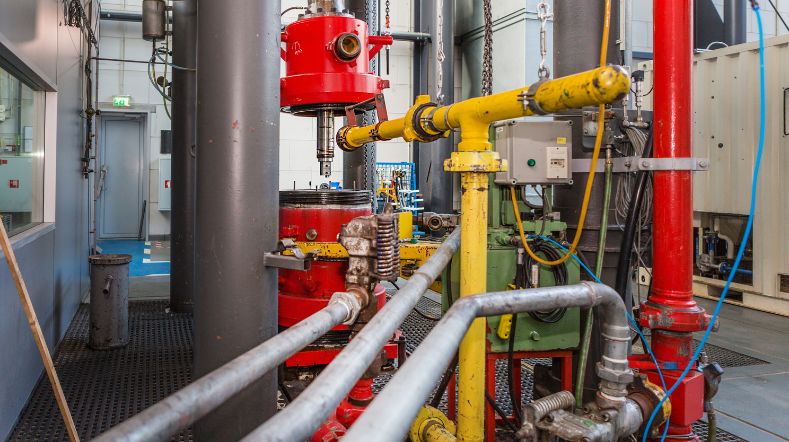Cooling demand and space cooling: a growing concern in the energy transition
The demand for cooling in Dutch buildings is increasing rapidly. Due to climate change, urbanisation, and improved insulation without adequate shading, homes and offices heat up more quickly and more frequently. This leads to a growing need for cooling. It is therefore essential to map out the scale of this demand, understand its consequences, explore how unnecessary cooling can be avoided, and determine the most effective ways to meet cooling needs.
Cooling demand in the built environment is on the rise
As the climate warms, buildings are heating up faster and more often. This effect is amplified by the urban heat island effect and by improved insulation in homes, particularly where solar shading is lacking. As a result, the demand for air conditioning is increasing.
The figures speak for themselves: 90% of fixed air conditioners in homes have been installed in the past five years. Surveys show that 15 to 25% of households are considering purchasing an air conditioner in the coming years.
Space cooling requires energy and materials
The growing electricity demand for cooling partly offsets the energy savings achieved through the decarbonisation of heating. In addition to energy use, air conditioners also require materials, which come with their own environmental impact.
Despite this, cooling receives little to no attention in the current heat transition. It is therefore crucial that cooling demand is integrated into strategies and policy decisions within the broader energy transition, ensuring that heating, cooling, and electricity are considered together.
Limited knowledge and insight
There is still limited knowledge about the actual cooling needs of Dutch homes, the electricity consumption associated with cooling, and the potential impact on the electricity grid. This knowledge gap highlights the need for further research and data-driven insights to support effective policymaking.
Support policymakers with knowledge and tools
TNO helps policymakers make informed decisions in the energy transition by providing data on cooling demand, analysing the effects of cooling options, and exploring how cooling can be integrated into the energy system. We incorporate this knowledge into models such as the Hestia model and the Cooling Profile Generator (in Dutch).
- The Cooling Profile Generator provides insight into hourly cooling demand at neighbourhood, district, city, and national levels.
- The Hestia model estimates future cooling demand and electricity consumption for cooling.
In the next phase, we aim to use these models to:
- assess the impact of cooling-related electricity use on grid congestion,
- explore whether areas with high cooling demand also face higher levels of energy poverty,
- and evaluate the environmental impact of different cooling options.
We also plan to enhance these models by integrating the urban heat island effect.
Examples of completed projects
A tool that calculates hourly cooling demand in homes at neighbourhood level or higher, based on publicly available data. It also estimates electricity consumption for both fixed and mobile air conditioners.
A digital behavioural coach that alerts residents at the right moment: “Open the windows now!” or “Close the blinds.” The app uses indoor sensors combined with solar radiation and temperature data to provide real-time advice via a display, phone, or app. The first pilot, conducted with housing association De Alliantie, is currently being analysed.
TNO has estimated the electricity consumption of air conditioners in Dutch homes for the years 2021/2022 and 2030. This estimate is based on the number of air conditioners and their average consumption, using eight variables and expert assumptions. Read more about the electricity consumption of air conditioners (in Dutch) (pdf).
The European standard (EN14825) for calculating the efficiency and energy label of fixed air conditioners assumes a warmer climate and more frequent use than is typical in the Netherlands. TNO adjusted these parameters, resulting in a lower theoretical energy use (around 100–110 kWh/year) than what is shown on the energy label. The calculation method developed for this study is preliminary and can be further refined. Read more about energy consumption of fixed air conditioners (in Dutch) (pdf).
Over two years (2021 and 2022), TNO conducted surveys among residents to gain insight into cooling needs and how systems are used. In 2022, 17% of respondents reported having a cooling system. Most users switch on their air conditioner when the indoor temperature reaches 25 °C and set it to around 20–21 °C. Of those without a cooling system, 24% are considering purchasing one in the near future. Read more about user behaviour and cooling (in Dutch) (pdf).
Cooling Knowledge Agenda: where are the knowledge gaps?
Together with Deltares, TNO identified key knowledge gaps and necessary actions for developing effective cooling policy. Key findings include:
- Limited understanding of residents’ cooling behaviour and the measures they take to prevent overheating.
- A lack of integration between existing models that address different aspects of cooling demand.
- Many model components have not yet been validated with measurement data.
- Insufficient insight into the effectiveness of measures and potential policy instruments.
- Knowledge about the impacts of overheating in existing buildings is also underdeveloped in other EU countries.
To address these gaps, TNO recommends conducting multi-year research during summer periods, combining surveys and real-world measurements on various aspects of residential cooling. Read more about the Cooling Knowledge Agenda (in Dutch) (pdf).
Get inspired
The energy system of the future


Grid congestion


Smart networks for a future-proof energy system


Queue on the power grid could slow down the mobility transition


Heat


